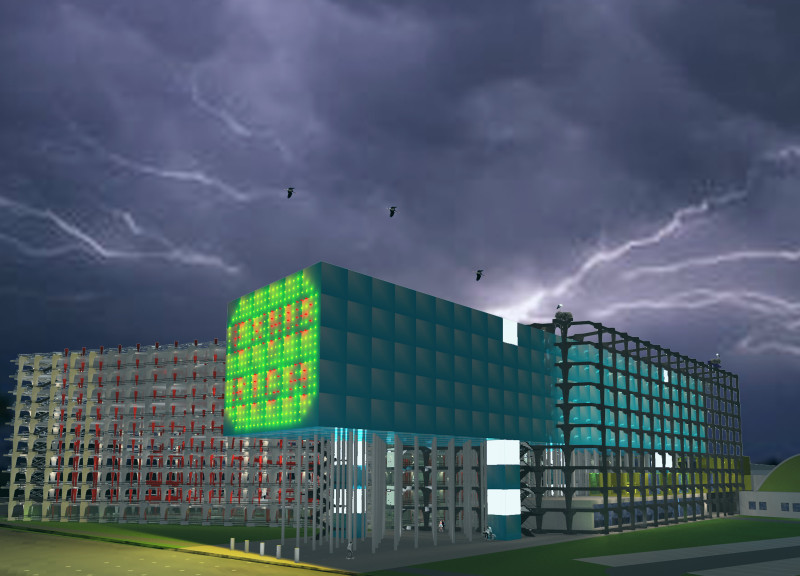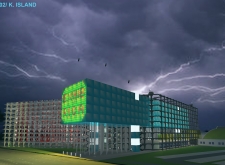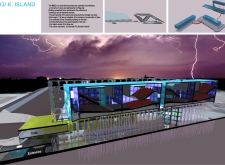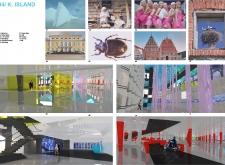5 key facts about this project
Functionally, the project is designed to accommodate [insert primary function, e.g., residential, commercial, mixed-use], effectively serving the needs of its occupants and the wider community. Each element of the architecture has been meticulously crafted to enhance usability, from the intuitive layout to the careful selection of materials. The internal arrangement promotes an efficient flow, allowing for both private and communal activities that reflect modern living demands.
The unique design approaches adopted in this project are noteworthy. Emphasizing open spaces, the architecture encourages natural light to permeate interiors, fostering a sense of openness and connection to the outside environment. Large windows and open floor plans not only blur the boundaries between indoor and outdoor spaces but also invite natural light to enhance the ambiance throughout the day. This design philosophy aligns with the principles of biophilic design, establishing a nurturing environment where occupants can thrive.
Materiality plays a central role in conveying the project’s identity. The architectural design strategically employs materials such as [list materials, e.g., timber, concrete, glass], each chosen for their durability and visual appeal. The use of [specific material characteristics, e.g., sustainably sourced wood, energy-efficient glazing] not only contributes to the building’s aesthetic but also to its environmental performance. This conscious selection of materials extends to the building's structural systems, ensuring long-term robustness while minimizing maintenance needs.
In terms of structural elements, the project boasts a variety of unique features that elevate its design. Exposed beams, cantilevered sections, and [insert any significant design features like balconies or terraces] not only enhance the visual dynamism of the building but also serve functional purposes, such as encouraging airflow and providing shaded areas. The design solutions implemented showcase a balance between form and function, creating a harmonious blend that supports the overall architectural intention.
The project also reflects a keen understanding of its context. By examining the local culture, climate, and geography, the architectural design respects and responds to its environment, integrating seamlessly with the existing fabric of the neighborhood. This contextual sensitivity is particularly evident in the landscaping choices, where native plants are utilized to promote biodiversity and reduce water consumption.
Moreover, the incorporation of smart technologies into the project reinforces its commitment to sustainability. Features such as energy-efficient systems, automated controls, and potential for renewable energy sources (like solar panels) exemplify how modern architecture can embrace innovation while addressing contemporary environmental challenges.
The level of detail embedded within the architectural plans and sections reveals the depth of thought that has gone into the project. By exploring these elements further, readers can gain a richer understanding of the spatial organization and material interactions that define this architectural endeavor. The architectural designs illustrate not only the physical manifestation of ideas but also the underlying intentions that drive the project’s execution.
As you delve into the presentation of this architectural project, take a moment to explore the architectural plans, sections, designs, and conceptual ideas that have shaped its development. Engaging with these elements enriches the comprehension of how this project successfully navigates the complexities of contemporary architecture, underscoring its function and aesthetic in a cohesive manner.


























